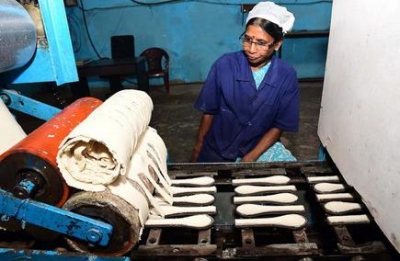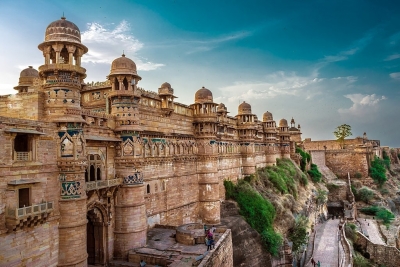PICTURESQUE HOMES OF FAMOUS AUTHORS

Ever been curios to find out about the origins of Tom Sawyer, Faust and more? Here’s peek into the past that will take you where it all began.
THE ANNE FRANK HOUSE, AMSTERDAM: Located on a canal called the Prinsengracht, close to the Westerkerk, in central Amsterdam in the Netherlands, this is the house where Anne Frank hid alongside her family and four others, and later became a biographical museum. The house also became famous as the Secret Annex. While Anne did not survive the war, her wartime diary was published in 1947. Ten years later, the Anne Frank Foundation was established to protect the property from developers who wanted to demolish the block.
MARK TWAIN'S HOUSE CONNECTICUT: The Mark Twain House and Museum in Hartford. Connecticut, was the home Mark Twain and his family from 1874 to 1891. Some of his best-known works, while living there including The Adventures of Tom Sawyer, The Prince and the Pauper, Life on the Mississippi Adventures of Huckleberry Finn. A Tramp Abroad were written here. It was named one of the Ten Best Historic Homes in the world in The Ten Best of Everything, a National Geographic Books publication.
YASNAYA POLYANA, TULA, RUSSIA: A house which has seen the genesis of world classics such as War and Peace and Anna Karenina, Yasnaya Polyana was the house were Leo Tolstoy was born. Tolstoy referred to it as his inaccessible literary stronghold. In June 1921, the estate was nationalised and formally became his memorial museum, which contains the author's personal artefacts. as well as his library of 22,000 volumes.
THE BRONTE PARSONAGE MUSEUM, WEST YORKSHIRE, ENGLAND: Built between 1778 and 1779, The Brontë Parsonage Museum, also known as Hawthorn Parsonage, was the former home of the Bronte family. This was where the renowned Bronte sisters-Charlotte, Emily and Anne- lived for most of their lives, and penned their famous novels. Listed Grade I on the National Heritage List for England, the house, now also a museum is maintained by the Bronte Society.
THE GOETHE HOUSE, GERMANY: It is the birthplace of Johann Wolfgang von Goethe and the place where he penned his famous works including Faust, Götz von Berlichingen, and The Sorrows of Young Weather. It was destroyed during the Allied bombing of Frankfurt on May 22, 1944, but was restored after the war between 1947 and 1951, as closely as possible to its original condition.
RK NARAYAN'S HOUSE AND MUSEUM, YADAVAGIRI, MYSURU: The creator of Malgudi lived in this house for nearly two decades before moving to Chennai, in the early 1990s, where he lived until his death. The house is full of memorabilia-oh his family, friends. mentors like Graham Greene, and his study, which has his collections, among others. After his death in 2001, the house fell into complete disarray and a builder wanted to raze it down to build a multi-storey complex. The city's people protested, and in mid-2016, the municipal corporation stepped in, the house was repaired, and made into a museum.
Picture Credit : Google


